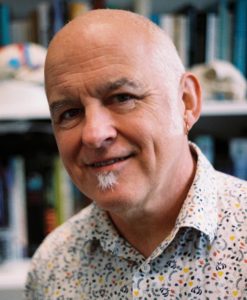Broadcast Date:
- Time:
Rosalind Franklin is now best known for her decisive contribution to the greatest biological discovery of the 20th century—the molecular structure of the genetic material, DNA. Views about her role and the challenges she faced are often seen through this prism, in particular, because of the way she was portrayed in the pages of Jim Watson’s novelized account of the period, The Double Helix. But her life and career were so much more than this moment.
After ceasing work on DNA in 1953, Franklin’s skilled use of X-ray crystallography allowed her to make fundamental contributions to our understanding of the structure of RNA viruses. Her tragically early death in 1958 deprived the world of a brilliant scientist who would surely have gone on to make even greater discoveries—and probably win the Nobel Prize.
In this webinar—the first in a “Women in Science” series co-hosted by GEN and the Rosalind Franklin Society—British biologist and author Dr. Matthew Cobb explores Franklin’s contribution to DNA structure and how they have been seen in popular culture. He will equally focus on the other periods in her life, highlighting the insights they provide us into the mind of one of the 20th century’s greatest scientists, one who would have celebrated her hundredth birthday this year.
Produced with support from:







